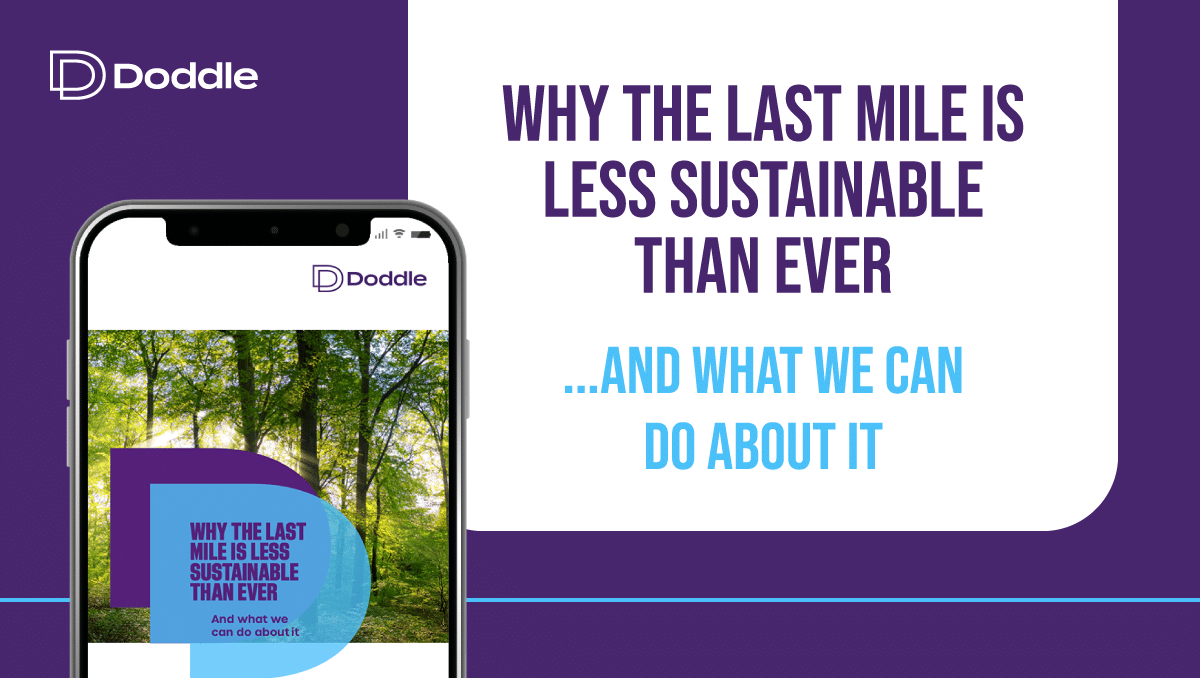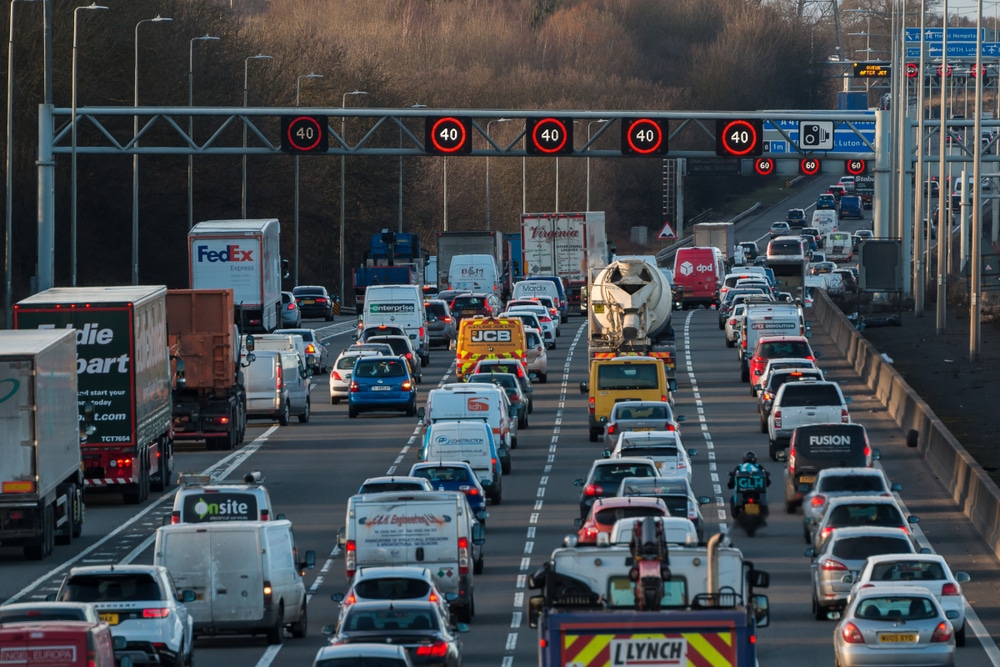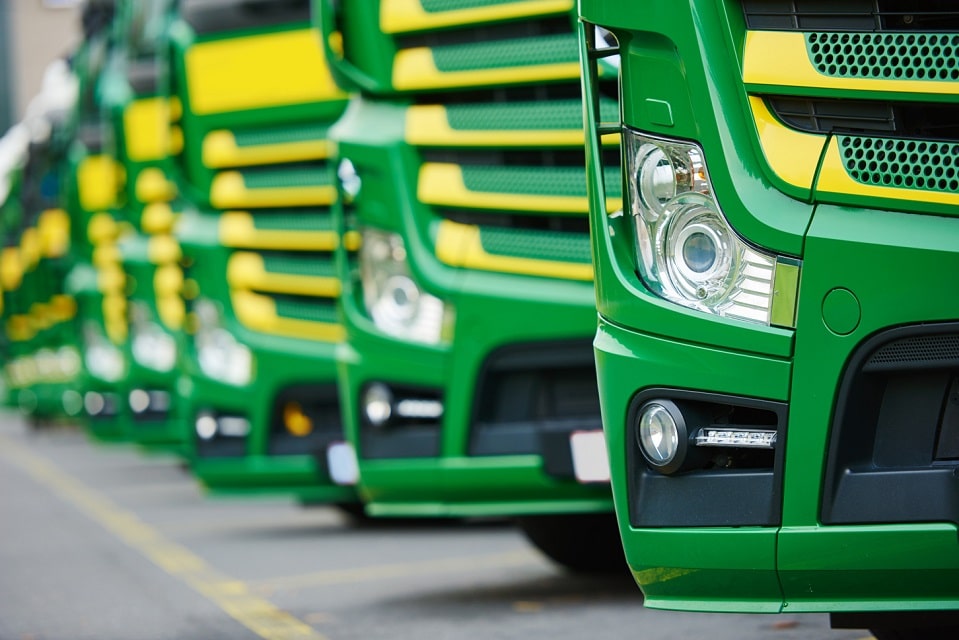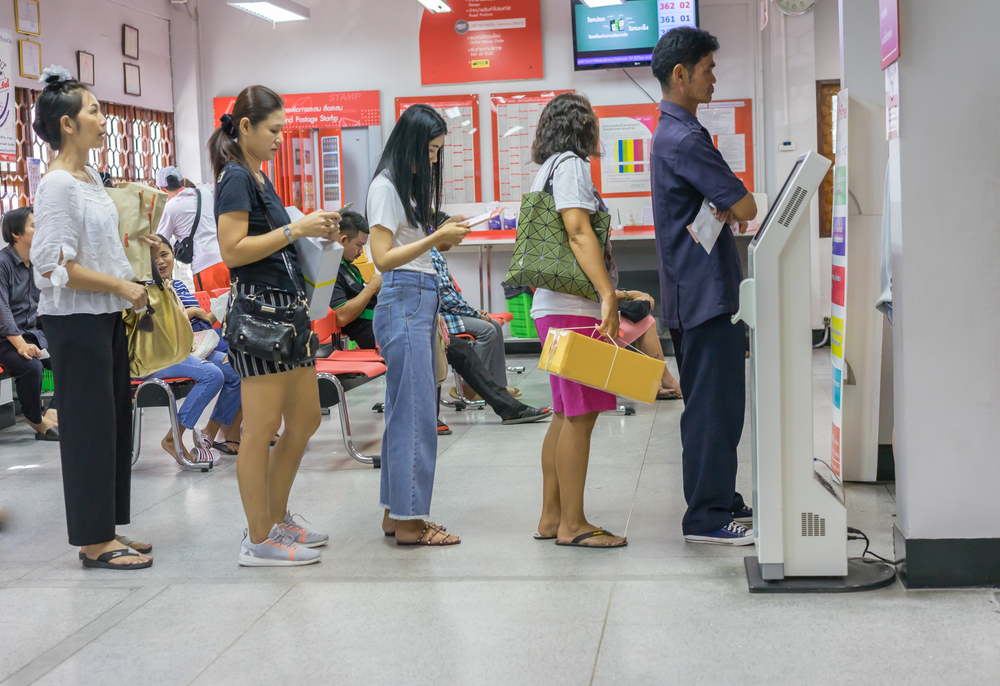Insight / Blog
Getting real on sustainability

Summary: Retailers and carriers alike must consider what really counts as sustainable, before consumers lose trust.
This article was originally published in Postal and Parcel Technology International magazine.
Jeff Bezos would have you believe that next-day delivery is better for the environment than slower deliveries. The PR line out of Amazon is as follows:
“Although it’s counter-intuitive, the fastest delivery speeds generate the least carbon emissions because these products ship from fulfilment centres very close to the customer.”
That’s interesting, and kind of makes sense as long as you don’t think about it for too long. If you do that, though, you might ask a couple of follow up questions. Questions like “I wonder what the climate impact of building new local fulfilment centres is?” Or, “I wonder how those products got to the local fulfilment centres in the first place?”
I’m not trying to rubbish the idea of localised fulfilment. A number of players are investing in so-called darkstores, using otherwise under-used urban space to store goods close to customers. That allows for faster delivery and better local stock availability. It’s a concept with real potential to change how urban delivery works.
However, the claim Amazon are making here goes to a much deeper point about our model for sustainability in delivery. It’s not dissimilar to claims from logistics providers who suggest that home delivery is more environmentally friendly than brick-and-mortar shopping, because one delivery van accomplishes many deliveries, versus one car trip for one purchase. (The World Economic Forum disagrees, saying that home delivery is about 3 times worse than shopping in stores in terms of additional miles driven.) We need a better, clearer standard when we’re claiming to be sustainable in ecommerce delivery.
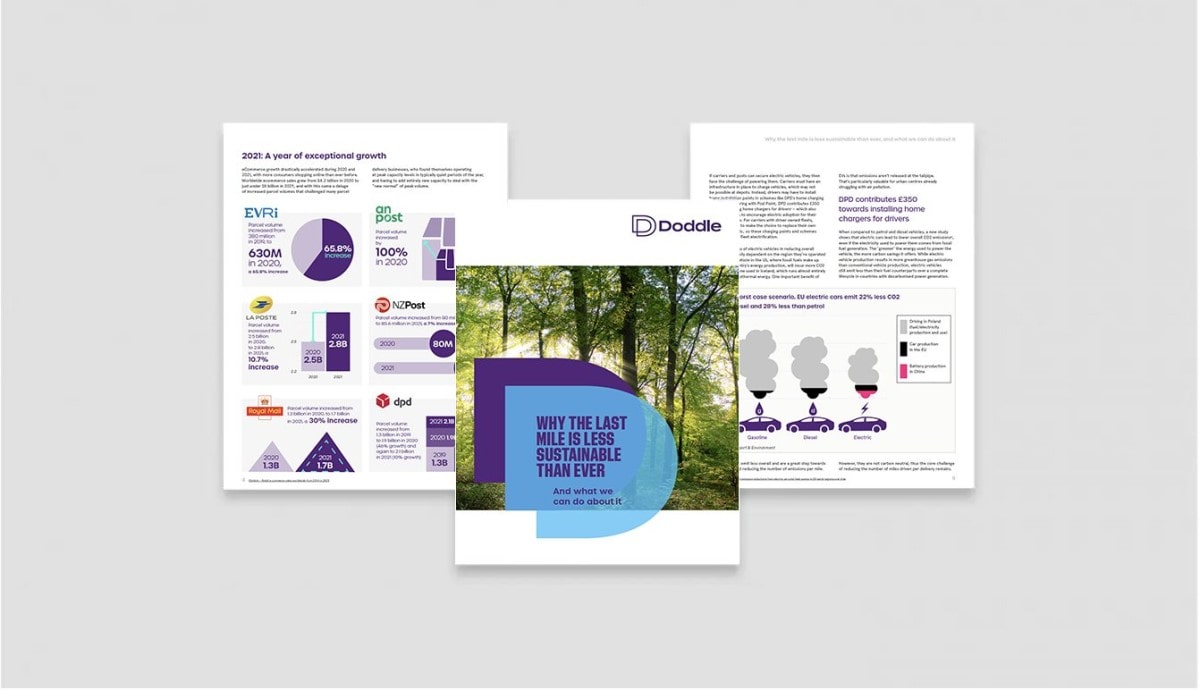
Right now there are lots of ways to fudge the numbers and come up with a result which says that your existing business model is actually improving things and making delivery more sustainable. Everybody wants to say they’re being green, or at least greener than before, but given the current dire state of climate forecasts we should be aiming much higher – or rather lower, in emissions terms.
Let’s take a quick look at the actual harms we’re talking about.
The emissions picture
Emissions are not just about CO2 and other greenhouse gases, but also particulates and air pollutants. In London alone, air pollution contributes to more than 9,000 premature deaths each year, according to a study by King’s College. Air in the capital won’t even be legally compliant until around 2025 according to estimates. 36 of 43 air quality measuring zones in the UK had higher than the legal limit of NO2 in 2018, proving that this issue is far from unique to London.
The slowest bus commutes in London now move only slightly faster than walking pace thanks to rush hour congestion. It’s not just about journey times – busier streets are more dangerous. A study in the Journal of Transportation Safety and Security found that congestion increases the risk of crashes. If we want to decarbonise our transport, pedestrians and cyclists need space and incentives to spend more time walking and cycling. Having fewer vans and lorries on the roads is key.
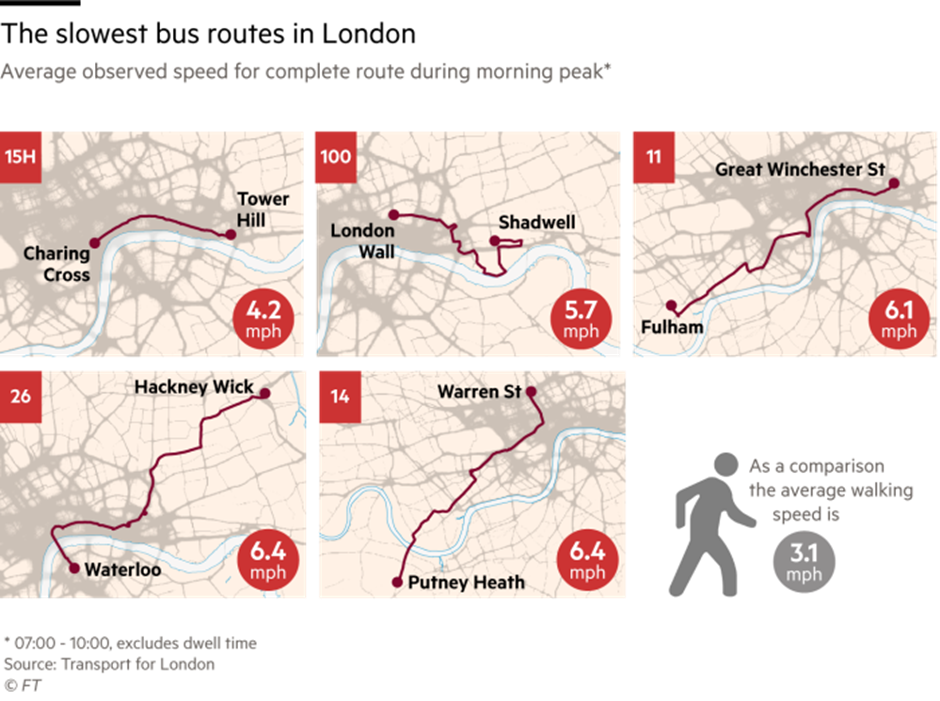
A working industry standard
To actually address the problems last-mile ecommerce delivery is causing, we need a working industry standard for sustainability – and that shouldn’t just include emissions. Congestion, noise and air pollution, and other effects on our communities have to be part of the equation.
Any measurement also has to factor in the full context. For example, it would clearly be good for emissions if we could flip a switch and have all diesel vans become electric vehicles overnight. However, that doesn’t do anything to reduce congestion and make our roads safer. The rare earth metals in the batteries of those vans are massively carbon-intensive to mine and transport, and they are themselves a finite natural resource. The so-called ‘energy mix’ we use to produce electricity remains heavily fossil-fuel oriented. We have to consider the context of these decisions rather than treating them in isolation, just like we shouldn’t only consider the last leg of a one-day delivery when we’re evaluating emissions.
Electrification is undoubtedly a positive step (although one which remains some way distant for most carriers.) It’s just that any solution which imagines ecommerce delivery continuing largely unchanged as a model will be fundamentally too limited. Look at the usually cut-throat automotive industry, where collaboration between erstwhile rivals has become commonplace in order to facilitate a paradigm shift. Ford aren’t working with VW because they’re best mates now. They recognise that the tide is changing and their current business model simply won’t work in future, so they’re trying to build a raft together.
Regulation is coming for European ecommerce logistics
Retailers and logistics should collaborate on sustainability
In that spirit of collaboration, retailers and logistics businesses can and should be working to create shared infrastructure and standards that will allow us to measure, target and improve the sustainability of ecommerce. The desire is already there – there isn’t a courier company out there without a public plan to become eco-friendly. Retailers are increasingly marketing themselves as eco-conscious, even in peak periods like Black Friday.
Obviously, the question is how to structure this co-operation. Thankfully there are already models provided by other industries. Take two very different sectors: newspapers and magazines, and nuclear power. Both have membership-based oversight and collaboration through voluntary bodies IPSO and WANO (the Independent Press Standards Organisation and the World Association of Nuclear Operators respectively, for those not in the know.)
Businesses in the industry sign up to the organisation and become members. The organisation operates independently and offers monitoring, oversight and regulation. In the case of ecommerce delivery, we could look to represent the sustainability of delivery to the end consumer, harnessing market forces to push delivery operators towards more sustainable offerings. That could take the form of the independent body ‘grading’ the performance of its members, which would then be represented to consumers at the checkout.
WANO offers best practice training and advice to its members, collaboratively sharing knowledge throughout the industry. The principle is that safer nuclear power benefits the whole industry, so there should be no barrier to sharing information and innovation. That same principle should absolutely be true of sustainability in ecommerce delivery.
Related articles
Convenient and sustainable: developing an out-of-home delivery strategy
Sustainability has become a key decision factor for retailers - here's how carriers can stay ahead with an out-of-home delivery strategy that’s both sustainable and convenient for consumers
5 Changes We Predict in eCommerce Delivery & Returns in 2024
Our predictions for 2024 in ecommerce delivery and returns, plus a roundup of our 2023 predictions.
4 ways that C2C commerce is transforming the last mile
As consumers adopt recommerce, out-of-home networks are having to adapt to increased demand.








